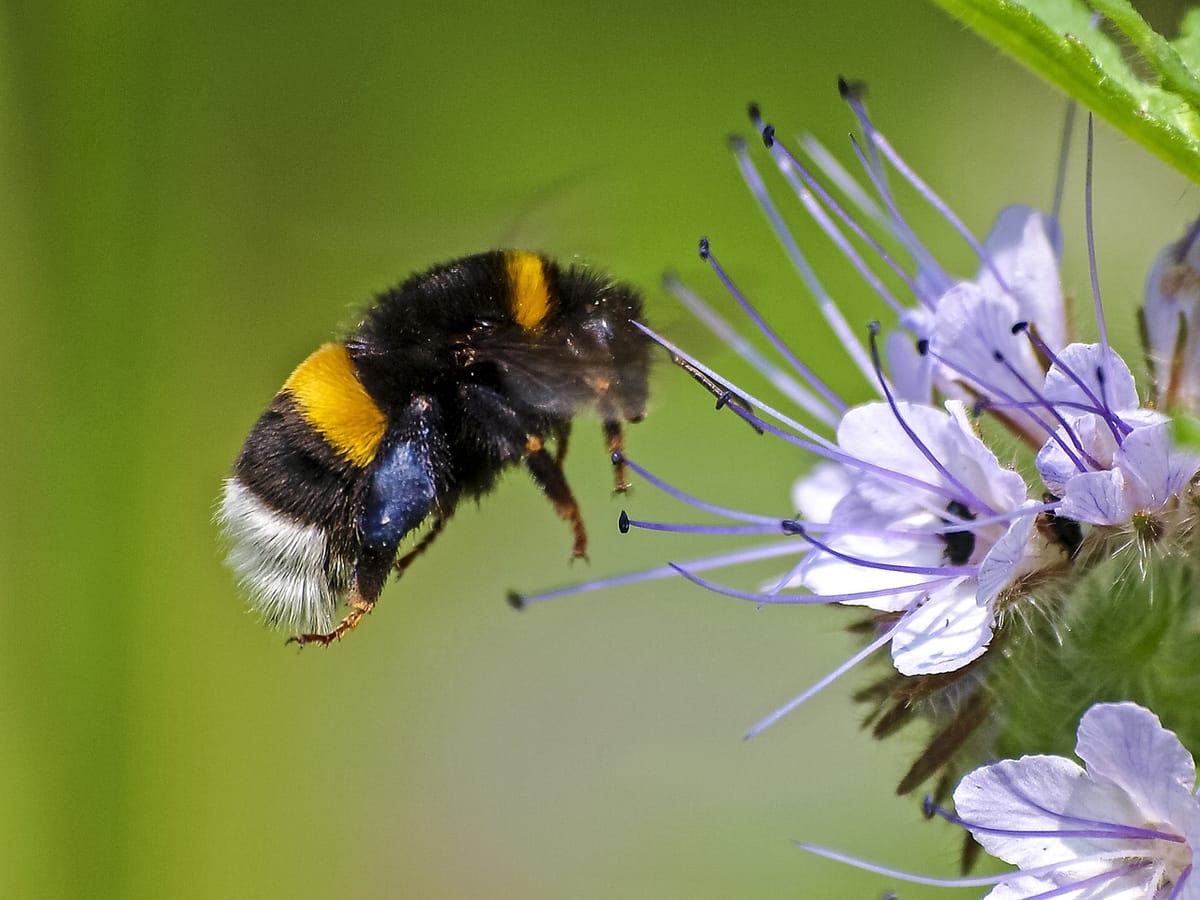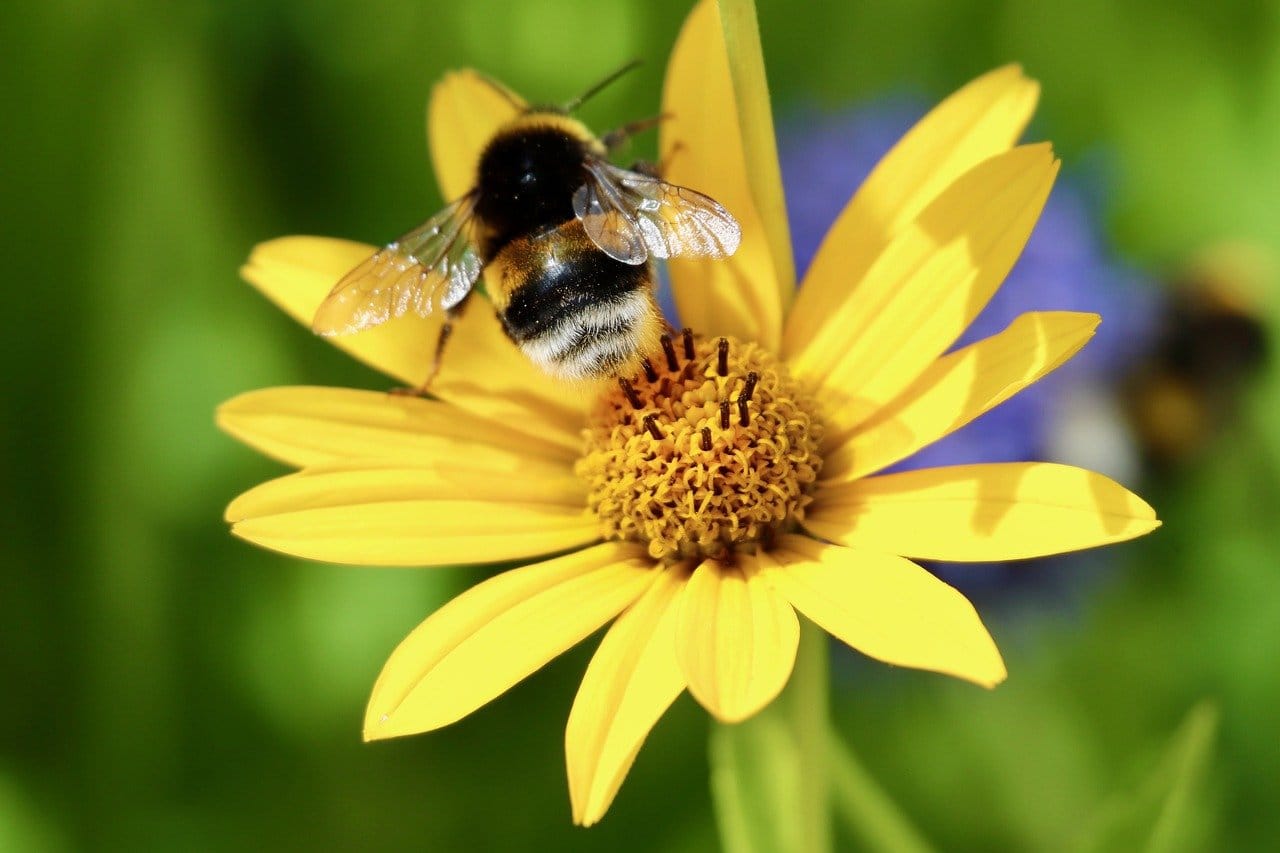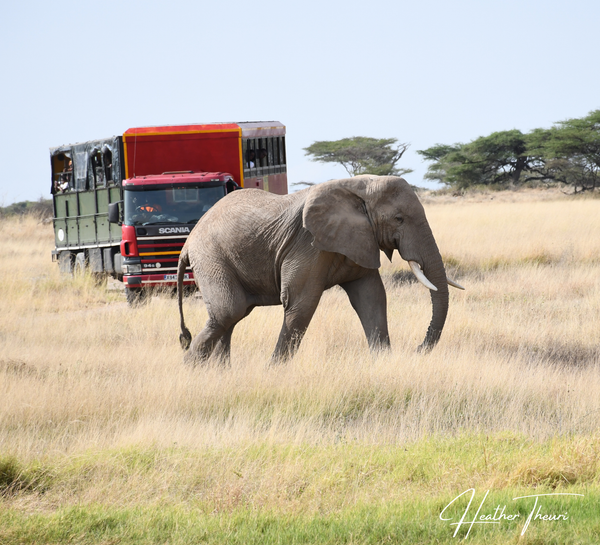Bumblebees: Tiny, Fuzzy, and Saving the World 🌍

If you’ve ever watched the Transformers sequel, you probably know Bumblebee, the lovable, yellow Camaro who became my instant favorite. And if you’re a car enthusiast like me, chances are you’ve also watched the standalone Bumblebee movie (cue all the feels 🥹). But have you ever stopped to wonder where the name "Bumblebee" came from?
Curiosity got the best of me, and I found myself on a buzzing journey of discovery about the real-life bumblebee. Spoiler alert: they’re way more fascinating than you think! So, grab a cup of tea (or honey), and let’s dive in. 🐝
Not All Bees Are Honey-Makers! 🍯 (Wait, What?)
Like most people, I used to lump all bees together—honey-makers, stingers, and that’s about it. But here’s the tea: not all bees are created equal! While honeybees are famous for their golden nectar, Bumblebees produce only small amounts of honey. Why? Because they don’t store food for winter like honeybees do.
Bumblebees live for just 28 days, and only the queen survives the chilly season. During the colder months, the queen hibernates underground in a state called diapause (fancy word alert 😎). Once warmer weather rolls in, she emerges, ready to start a new colony. Talk about a boss bee! 👑
Meet Bombus: The Adorable Fuzzballs of the Bee World
Yes, Bumblebees have an official name, Bombus spp. and they’re hands down the cutest bugs you’ll ever see. With their plump, fuzzy bodies covered in soft hairs (called pile), they look like miniature flying teddy bears.
There are over 250 species of Bumblebees, sporting stripes in shades of black, yellow, orange, or red. Their round bodies and small wings might look mismatched, but don’t let that fool you they’re aerodynamic marvels.
Get this: Bumblebee wings beat up to 200 times per second in circular motions, just like helicopter blades. That’s how these tiny powerhouses can fly forward, backward, and even sideways. Mind. Blown. 🤯
Bumblebees are built for extreme conditions. Most species thrive in temperate climates, but some live at high altitudes even as high as Mt. Everest’s base camp (5,600 meters)! In fact, they’re the only pollinators keeping ecosystems alive in places like Arctic tundras and mountain habitats. That’s right, these little fuzzballs are saving the world, one flower at a time.

Fun Fact: Bumblebees Can Sting More Than Once! 🐝⚡
Unlike honeybees, Bumblebees can sting multiple times. But here’s the good news: they’re non-aggressive and rarely sting unless provoked. No swarms, no drama just peaceful buzzing.
Bumblebees are super pollinators, feeding on nectar and pollen from flowers while ensuring plants can reproduce. They live in cozy underground nests with colonies ranging from 20 to 1,700 bees. Talk about a tight-knit community!
Unfortunately, like many species, Bumblebees face threats from climate change, habitat destruction, and pesticides. Their survival is crucial not just for flowers but for entire ecosystems, including those in high altitudes where other bees can’t go.
Next time you see one buzzing around, take a moment to appreciate their hard work and maybe plant a flower or two in their honor.
Thanks for buzzing through this with me! 🐝
See you on the next one!
Sincerely
Blue 💙
Citations:
NATURE, PBS. (2021, September 1). Bumblebee Fact Sheet | Blog | Nature | PBS. Nature. https://shorturl.at/yMVW5
Frederike. (2023, March 22). Bumblebee honey: do bumblebees make honey? - Plantura. Plantura. https://plantura.garden/uk/insects/bumblebees/do-bumblebees-make-honey
Timmermann, M., & McDonald, S. (2019, January 18). FDA warning: Don’t feed your dog this type of peanut butter! Clark Howard. https://clark.com/health-health-care/fda-warning-dogs-peanut-butter/




